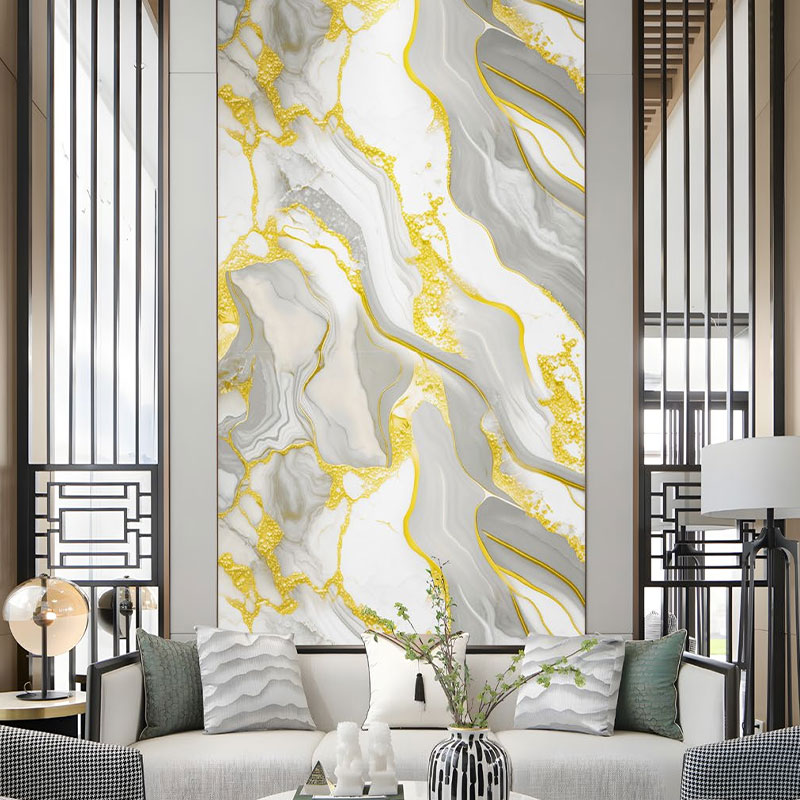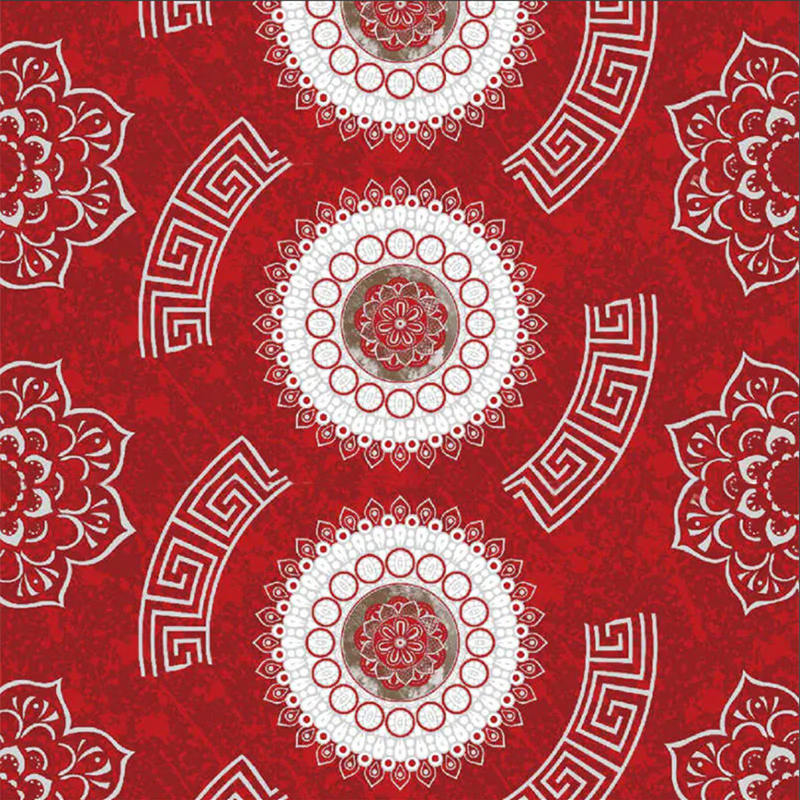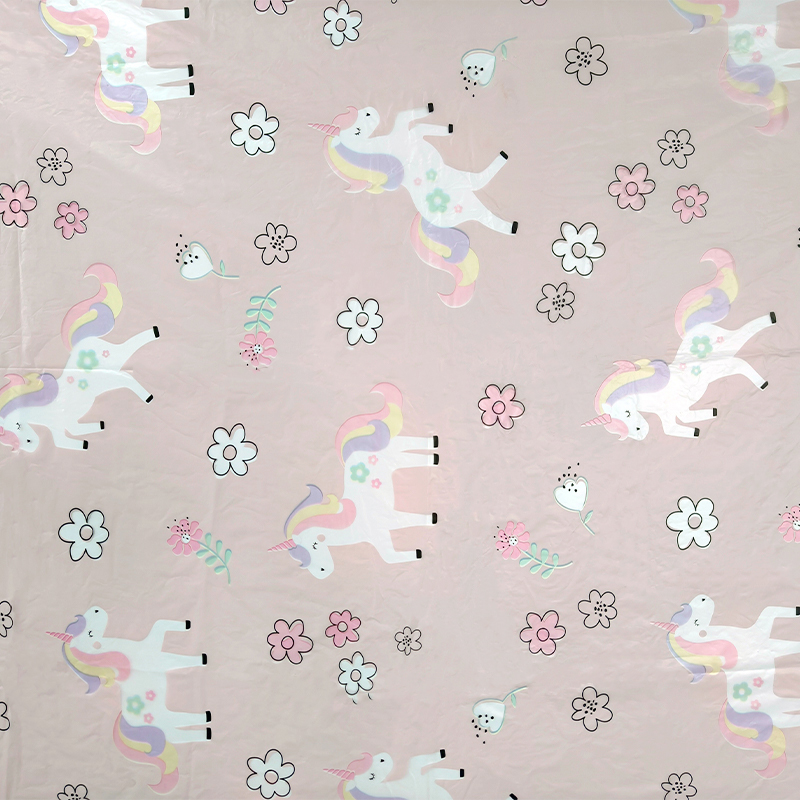When it comes to printed composite film, balancing excellent print quality with material efficiency is both a technical art and a strategic decision. For packaging designers and converters, the visual appeal of the final product is non-negotiable—especially in competitive markets where shelf impact plays a key role in customer choice. But behind every vibrant, high-resolution graphic lies a complex interplay of materials, coatings, inks, and processing techniques that all contribute to both appearance and performance. Managing these variables effectively is what sets apart a reliable packaging supplier from the rest.
The structure of a printed composite film is inherently multilayered, often involving substrates like BOPP, PET, nylon, or PE that are chosen for their individual strengths. Printability depends heavily on the surface layer, which must be treated—commonly via corona discharge or plasma treatment—to optimize ink adhesion. The choice of ink system, whether solvent-based, water-based, or UV-curable, also plays a critical role in achieving rich color reproduction while maintaining compatibility with the lamination process. It's not just about the look; improper ink or surface selection can lead to costly issues like delamination or reduced barrier performance.
Material efficiency, on the other hand, involves smart selection and combination of substrates to achieve required functional properties—barrier, strength, flexibility—using as little material as possible. Overengineering a film with redundant layers may ensure performance, but it drives up both material costs and environmental impact. Likewise, using lower-cost materials without considering print behavior can compromise visual quality or result in higher waste during production. The key is to match print needs with functional goals, and that’s where experienced manufacturers of printed composite film bring real value.
Print clarity, ink holdout, and color accuracy can all be influenced by the material surface energy and even the flatness of the film. For example, glossy PET may provide an excellent canvas for high-end graphics, but matte or textured layers might be preferred for brands aiming for a more natural look. Layer thicknesses must be precisely controlled not only to maintain structural integrity but also to avoid registration issues in multi-pass printing systems. Small mechanical inconsistencies can lead to visible defects, especially in detailed or metallic designs.

One efficient way to improve both aesthetics and efficiency is to use reverse printing techniques on inner layers, which protects the ink from physical damage and reduces the need for extra protective coatings. This approach also allows thinner top layers, contributing to overall material savings. However, reverse printing places higher demands on ink adhesion and registration accuracy, requiring tight process control. That’s why collaboration with an experienced printed composite film producer can make a significant difference in the outcome.
With growing demand for sustainable packaging, converters are also exploring recyclable mono-material laminates that can still support quality printing. This trend further complicates the material vs. print quality equation, as these films often behave differently in print and lamination. Yet, with the right formulation and process knowledge, high-quality visuals can still be achieved without compromising recyclability. Our engineering team has worked closely with clients to develop optimized film structures that meet both performance and branding goals without excessive material use.
For brands and packagers looking to make a lasting visual impression while maintaining cost control, the ability to balance material efficiency and printing performance in printed composite film is more than a technical necessity—it's a competitive advantage. As a manufacturer with deep roots in this field, we believe in building solutions that look as good as they perform.



 English
English Français
Français русский
русский عربى
عربى Español
Español










